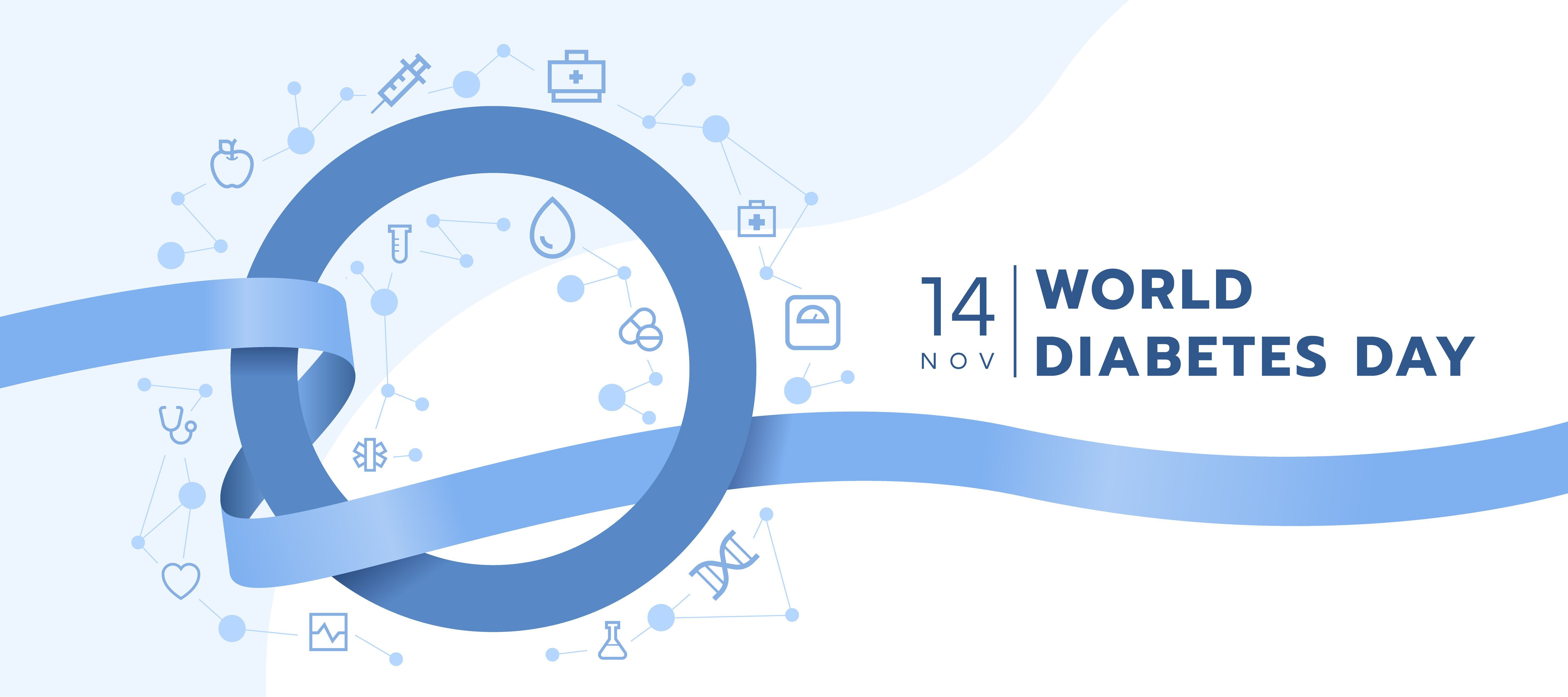
November 14, 2023
World Diabetes Day is held every year on November 14, the birthday of Sir Frederick Banting, the scientist who led the research team that discovered insulin in 1922. Before this, the life expectancy of those with T1D was two years maximum. Today, due to Banting’s discovery and treatment advances in the century since then, a person with T1D can live a full life. Yet, we are still far from a cure.
Every year, on this important day, we reflect. We look back at the journey that brought diabetes treatment to where it is today, the progress made toward a cure during the past year, and the challenges facing us in the year ahead. On this day we acknowledge, with the deepest respect, the resilience and strength of the individuals and caregivers immersed in the day-to-day of T1D.
Progress and Challenges
We have never been as close to developing a cure for T1D as we are today, and yet we are still far from it. Today we see interactive apps, glucose tablets, insulin pumps, and CGMs: Tools that since their inception, have become a necessity in the daily lives of the T1D community.
Treatment advances allow us to live better and longer lives, but we must still be vigilant about managing blood sugar, diet, time in range, and HbA1c levels. We still fear hyperglycemia and the horrible complications it brings, and we still battle, all too often, hypoglycemia. We have certainly made leaps and bounds in treating diabetes, but we have a long way to go.
The scientific advances toward a Practical Cure have also progressed. Solid achievements have been made in creating a sustainable supply of stem cell-derived beta cells. Clinical results over the past decade show that these cells, when implanted in a human being, successfully produce insulin and maintain healthy glucose levels. Previously, the only source of cells was from recently deceased cadavers, in very limited supply.
However, these clinical trials required chronic, full-body immunosuppressants in order to stop the autoimmune attack and keep the cells alive and thriving. Although more localized cell protection techniques are being developed, such as encapsulation and genetic reengineering, none have yet been successful.
Financial Supporters and Volunteers are the Key
These developments—and others—in T1D research would not be possible without the dedicated efforts of donors and fundraisers in the T1D community. In search of a cure, we donate. We host and attend walks, rides, runs, and galas. Every turn of the bicycle wheel, every shoe worn down on the pavement, every mile logged on the fundraiser page, is meant to move us toward a T1D cure.
But this is not enough. Fundraising and volunteering are vital, but so is speaking up and letting our leaders know that we want our generosity to be used to cure type 1 diabetes. Too often these resources are used for things other than driving forward a T1D cure. The solution is for us to let our voices be heard; to request and demand more for a T1D cure.
Access to Care is a Major Reason for a Cure
The regiment required to control T1D is a massive burden. The cost of insulin has risen 1000% since 1999, far faster than inflation should permit, causing many people to struggle to afford basic care. A 2022 report from the Annals of Internal Medicine estimated that 1.3 million Americans with diabetes ration their insulin. In addition to this, many Americans are unable to extend their monthly budgets to account for CGMs or insulin pumps, either having to do without the tools others consider a necessity or sacrificing money meant for another vital expense. This is the reality for many with T1D, made especially striking given the fact the patent for insulin was sold for $1 in 1922, for the sole purpose of making it accessible to as many individuals as possible.
The only true long-term solution is to deliver a cure.
We Can Do More
We are grateful for insulin. 100 years ago, a T1D patient would look at all we have accomplished and deem it a miracle that they could live. We are grateful for CGMs. 30 years ago, a mother would have rejoiced at the thought of stopping frequent finger pricks on a T1D toddler who didn’t understand. We are grateful for our T1D community, for offering a place to gather and share wisdom, support, and our united experiences dealing with the disease. We are grateful for all the advancements that brought us to where we are today.
We are grateful, but we will not be satisfied until we can stop ‘treating’ altogether. We will not be satisfied until there is a cure.
Even with all of the advances in addressing stem cell supply, only 2% of the 627 T1D trials in the US have the potential to produce a Practical Cure. Not enough is being done to expedite a T1D cure. We need more.
In addition to this, less money is spent on T1D cure research today than at any point in the last 20 years. Here, too, we need more.
T1D donors, the power is in your hands. Your donations fuel the fire in the diabetes research ecosystem. With our combined voices, we have the capacity to influence diabetes nonprofits into focusing funds on T1D cure research. As you plan your charitable giving this year, we ask that you speak up. Tell your local diabetes nonprofit chapter heads, directors, and executives that you want your donation to go to Practical Cure research. By attaching a note or comment to your donation, they are obligated to put your money where you intend it to go.
Thank you for taking the time on this significant day, to reflect with all of us at the JDCA. Together, we can achieve a Practical Cure for T1D.
